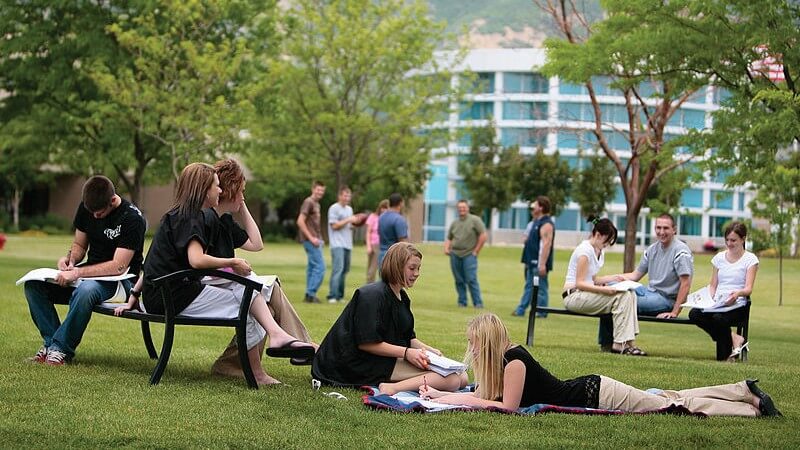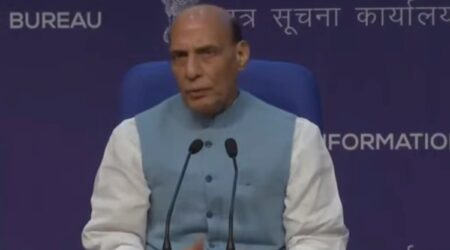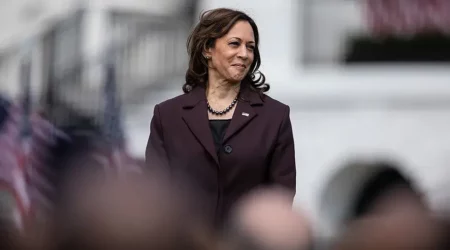By Lauren Camera
Enrollment in colleges and universities fell across the U.S. this spring, worsening an ongoing crisis that many had thought would show signs of rebound by now. “College enrollment declines appear to be worsening,” said Doug Shapiro, executive director of the National Student Clearinghouse Research Center, which released its latest enrollment figures on May 26.
The figures show that 662,000 fewer students enrolled in undergraduate programs in spring 2022 than the previous spring – a drop of 4.7 percent, which is steeper than the decline in fall 2021. To date, the undergraduate student body has dropped by nearly 1.4 million students, or 9.4% during the pandemic.
As has been the case for previous enrollment updates, the public sector – community colleges and four-year institutions combined – experienced the steepest drop, of more than 604,000 students, or a 5 percent decline. Community colleges continued to suffer the most, with 351,000 fewer students or a drop of 7.8 percent.
The enrollment data comes as a growing number of high schoolers and their families begin considering alternatives to higher education – both as a result of tuition expenses and a growing body of data highlighting earnings potential through alternative avenues.
The new research from Georgetown University’s Center on Education and the Workforce show that at a third of colleges and universities in the U.S., more than half of students who enrolled earn less than high school graduates 10 years later – just the latest wrinkle in the ongoing disruption of the higher education space, which accelerated during the coronavirus pandemic and has many young people asking, “Is college worth it?”
While that sentiment is growing among Republicans, according to polls showing the party’s increased skepticism and distrust of institutions of higher education, that doesn’t seem to be the case for the majority of Americans.
A survey of 1,000 registered voters by the Winston Group, conducted for the American Council on Education, which was released in March exclusively to Inside Higher Education, shows that twice as many Americans believe higher education is “generally on the right track” than think it’s on the wrong track, with a plurality saying they didn’t know. The results aren’t significantly different from how respondents answered the same question in 2019 – though they’re more positive in their views of higher education than they were in 2017.
“It’s more than just low-income communities that are primarily served by community colleges,” he said. “It suggests that there’s a broader question about the value of college and particularly concerns about student debt and paying for college and potential labor market returns.”
The Biden administration had been attempting to inject some stability into the higher education system during a moment of volatile change, with the reality of prolonged enrollment declines to happen alongside a renewed recognition by Democrats that students need options other than four-year degrees – and in particular, options that provide degrees, certificates, and credentials that match local workforce needs.
The latest enrollment data also comes as a new report from the National Association of Student Financial Aid Administrators details staffing shortages and retention challenges that are threatening to impact the ability of college and university financial aid offices to help students navigate tuition payments and remain in compliance with federal and state regulations.
“We are sounding the alarm bells that many financial aid offices are critically short-staffed, which could create cascading issues for those colleges and universities, both in their ability to adequately serve students while also remaining compliant with federal and state rules,” said Justin Draeger, the association’s president, in a statement.
Of the more than 500 institutions that responded to the initial survey, nearly 80% voiced concern about their ability to be administratively capable in the future, while more than half, 56 percent, said they are concerned about their ability to adequately serve students with current staffing levels. Student aid officials say the responses paint a grim picture of a once-manageable hardship that has grown into a crisis for many financial aid offices.
(Courtesy: US News)












